Solutions
Horse Construction offers full range of structural strengthening materials with technical supports, documentation supports, products supports, project supports.
Nonsense!
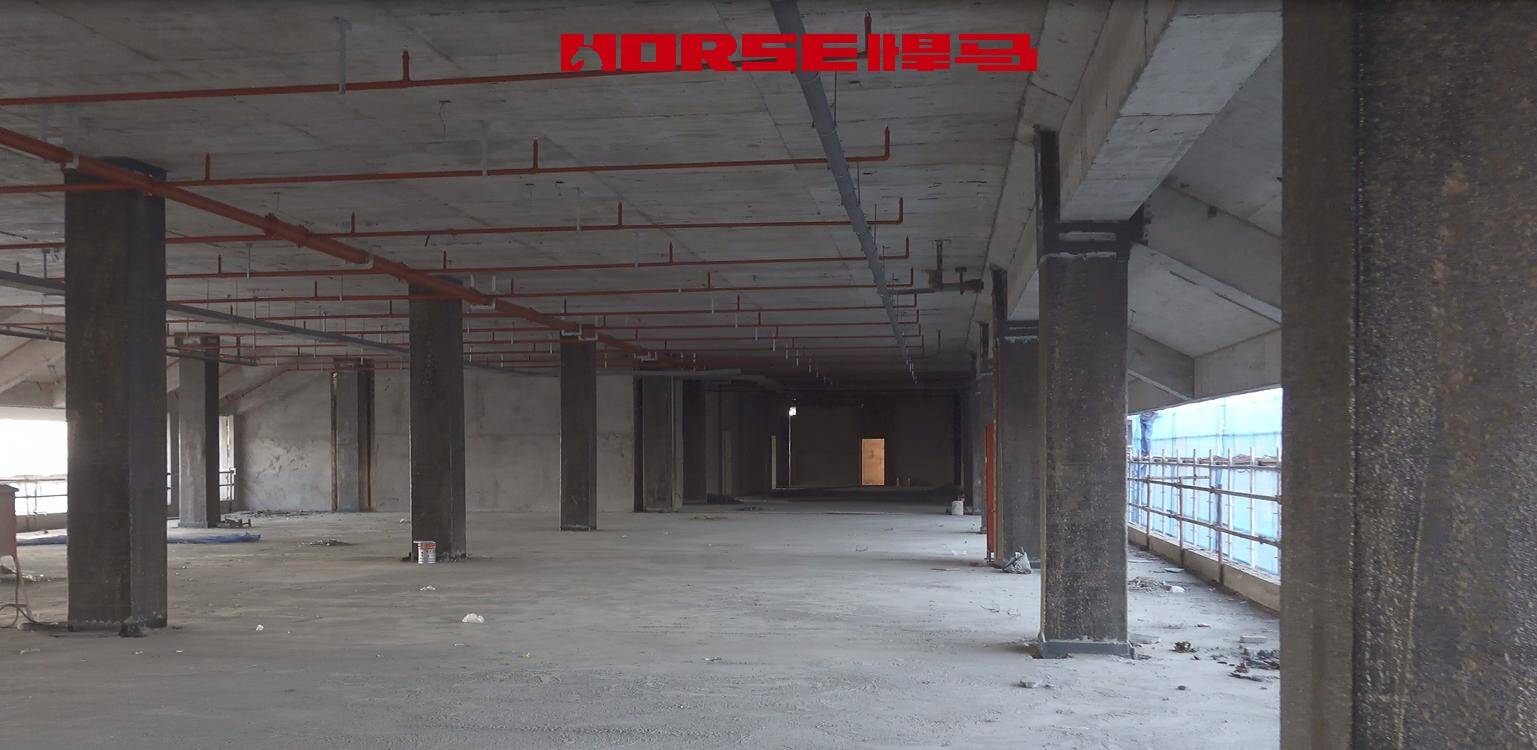
The more layers of carbon fiber sheet, the stronger it is?
This idea is even more naive than wrapping a water pipe with tape - if there are more than three layers, it may not stick together. It can make the reinforced beam look like a layer of paper, and when it is stressed, it will layer and bulge, making people so anxious that they want to tear off the sheet!
Today, let's explain the rule of the "number of layers": the more carbon fiber sheet is glued, the stronger it becomes. The national standard has a "limit of 4 layers", and if it exceeds the limit, there will be chaos. After reading it, you will know how to control it. Don't blindly stick it anymore, otherwise you won't have time to cry!
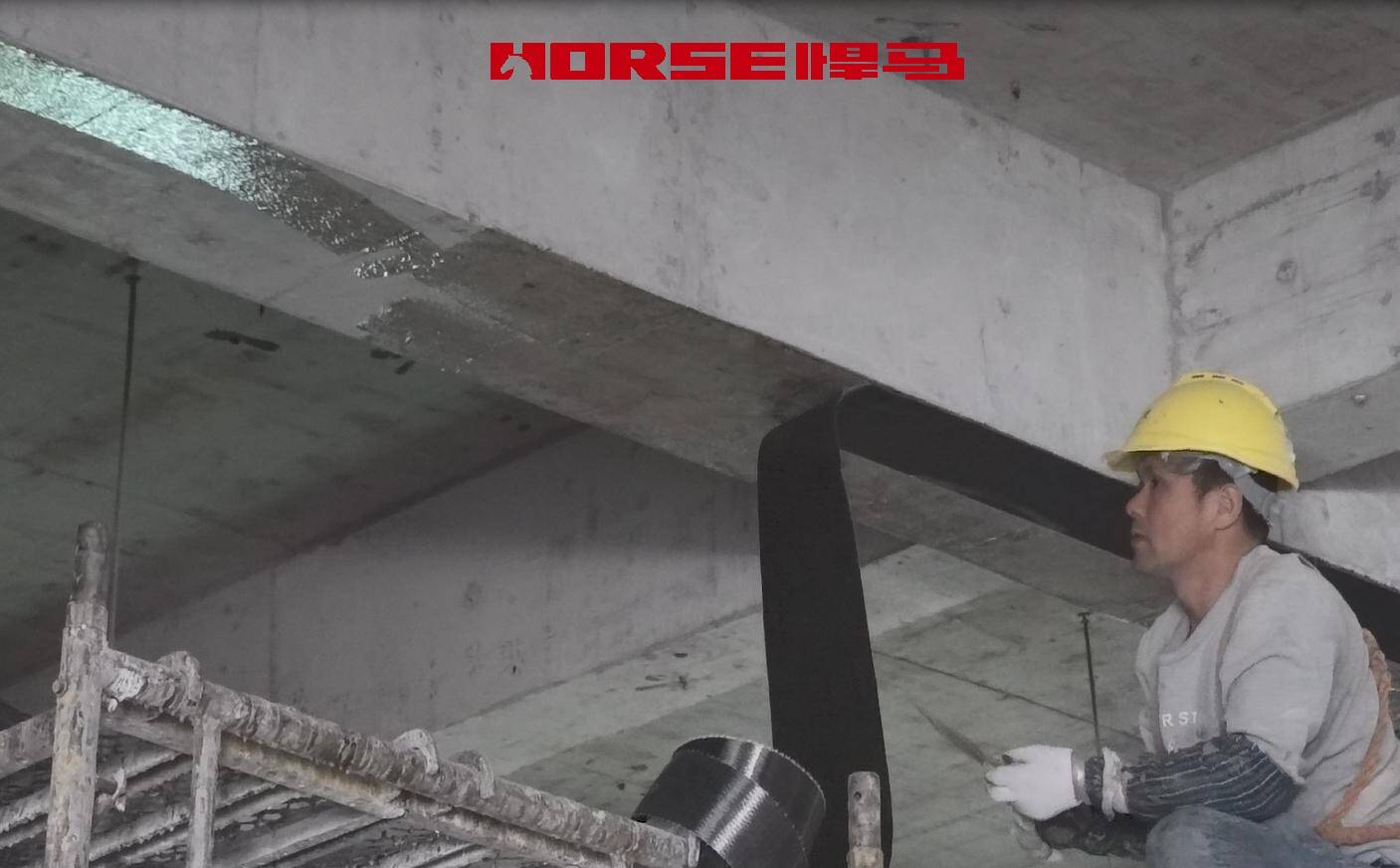
1、 Stick more than 4 layers, no matter how good the glue is - the more layers, the weaker the bonding force
Carbon fiber sheet relies on the bonding force between adhesive, concrete, and fabric layers. With too many layers, the adhesive layer is like "sauce sandwiched in a cake", easily squeezed open and unable to stick firmly. It's purely a waste of effort!
National standard regulation: The adhesive layer on the surface of concrete shall not exceed 4 layers, and the overlap shall not exceed 2 layers
The specification clearly states that for carbon fiber sheet reinforcement, when the thickness of a single layer is 0.111mm (300g), the number of adhesive layers should not exceed 4. A certain factory building reinforced its beams, and the master glued 6 layers for stability. However, after maintenance, it was found that the fabric above the 4th layer could be lifted by hand, and the adhesive layer was sticky like melted butter. Each layer of fabric needs glue to stick together, with 4 layers having 5 adhesive layers (between fabric and concrete, between fabric and fabric). The more layers there are, the thicker the total thickness of the adhesive layer. When subjected to force, it is like a 'stacked card' that will scatter with just a push! Now we have to shovel off the extra 2 layers. The glue has solidified and the sheet is completely broken into strips when shoveling. Is it worth the extra two days of work?
Overlapping the edges and corners for more than 2 layers ": The joints of the fabric need to be overlapped by 100mm. Some craftsmen, in order to save materials, stack the joints for 3 layers. However, when loading, the joints bulge first, and there are bubbles between the fabric layers." The overlap is already thick, and the glue for more than 2 layers flows unevenly, and all the bubbles are hidden inside. It's not surprising that this place doesn't crack! We must strictly follow the 2-layer overlap, and the extra layer is just digging a hole for ourselves. Now this bulge cannot be repaired, and it's frustrating to see it
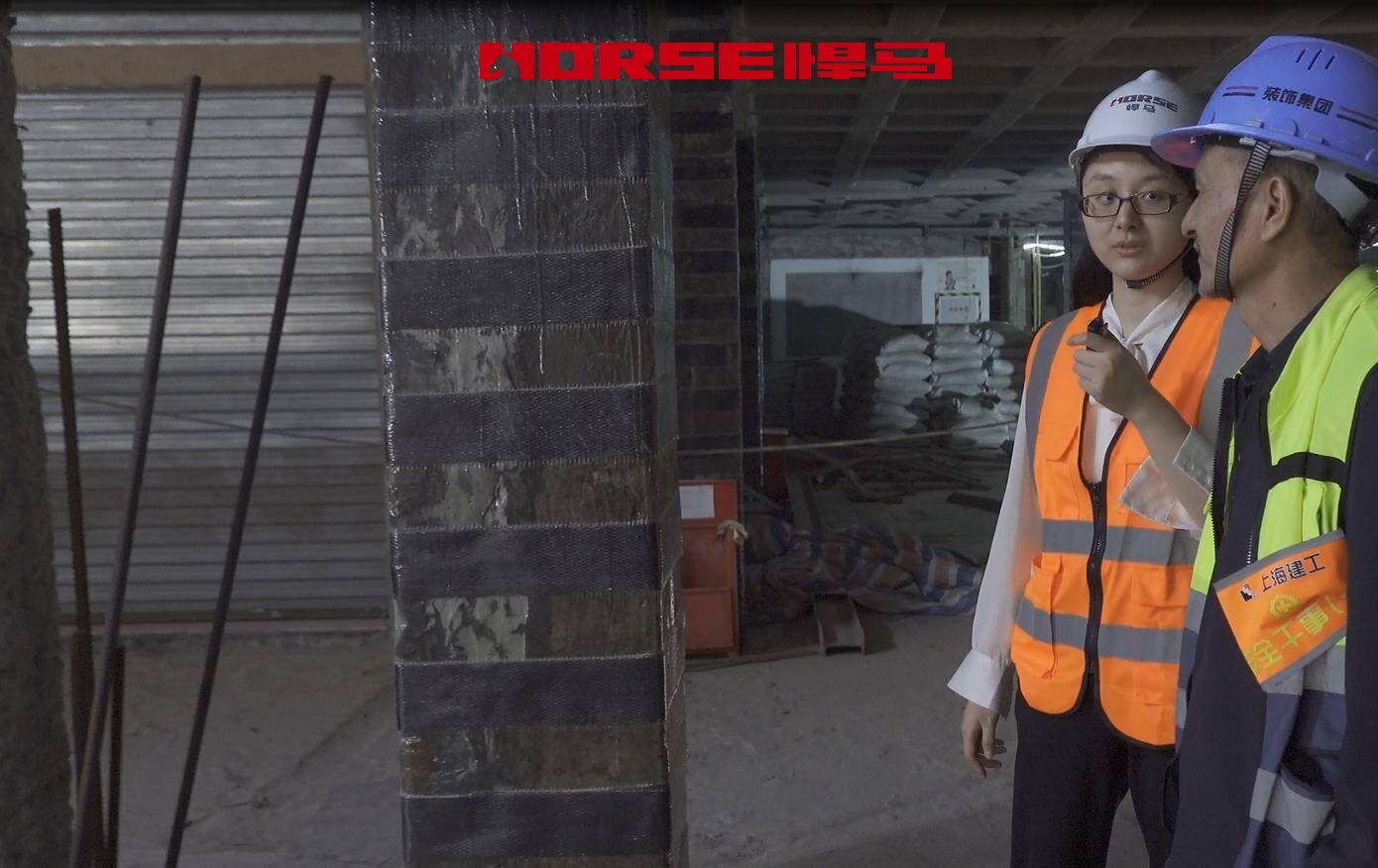
2、 Too many layers, the force cannot be transmitted at all - carbon fiber sheet has become a 'decoration', white sticky
Carbon fiber sheet can withstand force thanks to the "concerted efforts" of each layer of sheet. If the number of layers exceeds the limit, the sheet inside cannot exert any force, which is equivalent to white glue and a pure waste of materials!
'Stress lag' traps people: outer fabric exerts force, inner fabric 'slacks off'
When concrete is subjected to stress and deformation, the outermost layer of carbon fiber sheet is first pulled, and then transmitted to the inner layer through the adhesive layer. If there are too many layers, the reaction of the inner layer of sheet may be "slow and slow". When subjected to force, the outer layer may have already been pulled apart, and the inner layer may not have exerted enough force. In a laboratory test, a beam reinforced with 5 layers of fabric was damaged. When the first 2 layers of fabric were pulled apart, the last 3 layers were still intact. "This last 3 layers of fabric are 'occupying the position'! The force cannot be transmitted to the inner layer at all, which is equivalent to spending 5 layers of money and only using 2 layers of force. Isn't this a big deal
Concrete cannot bear it first ": Carbon fiber sheet can help share the load of concrete, but the strength of concrete is limited (such as C25). If too much sheet is stuck, the concrete will be crushed before the sheet can" exert force ". I glued 4 layers of sheet to the C20 column, but cracks were squeezed out on the side of the column before the sheet broke: "The concrete is like a thin and weak person. If you put 4 pieces of armor on him, he won't be able to stand steadily on his own! We need to first look at the strength of the concrete. For C20 and below, sticking 2 layers means it's enough. It's just a waste. Now this crack needs to be repaired, it's really nothing to do
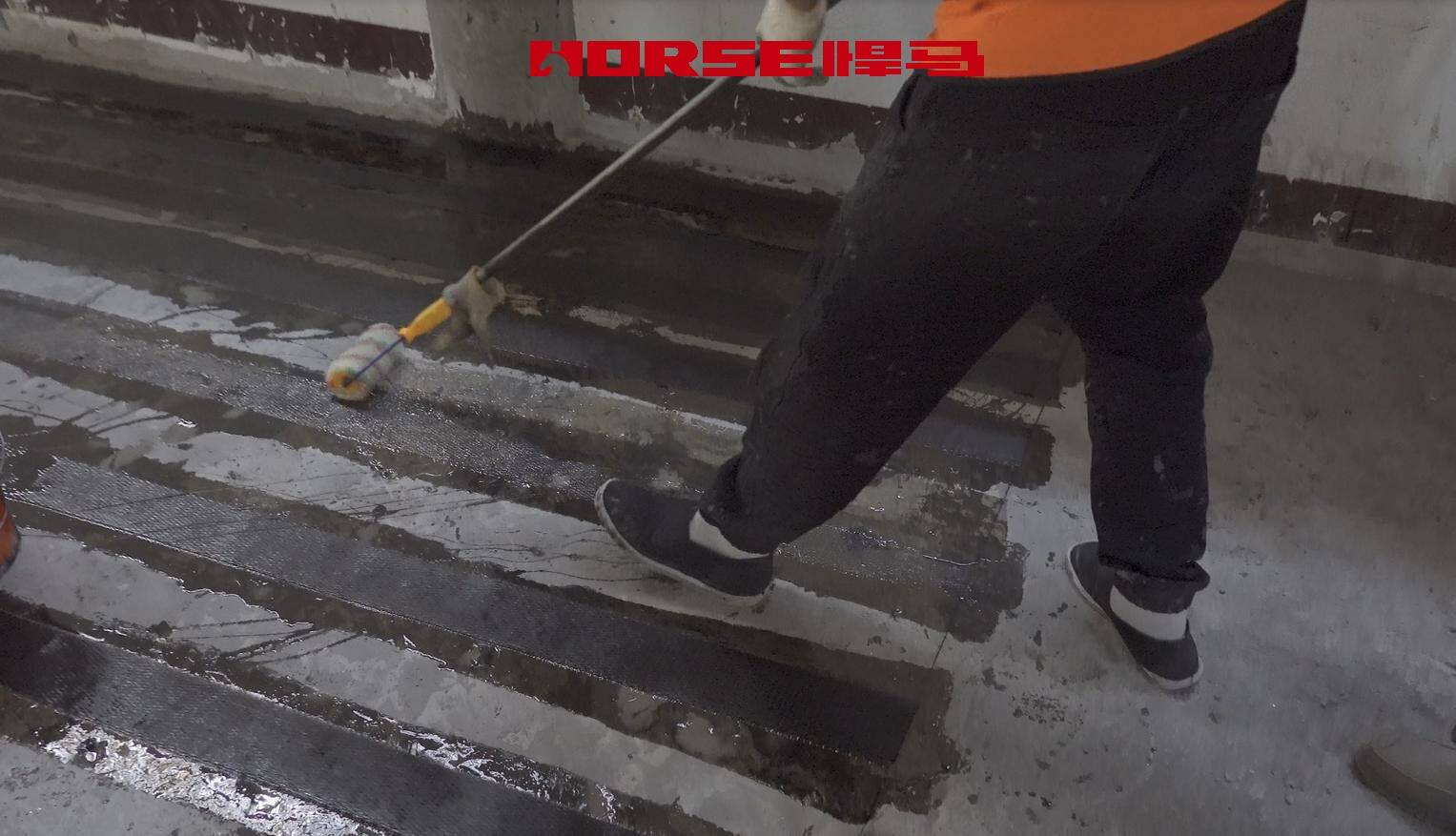
3、 The construction cannot be done at all - uneven glue flow and inability to release bubbles are all hidden dangers
The more layers there are, the more difficult the construction becomes. Uneven glue coating and incomplete bubble removal are common hazards. These hidden dangers are even more terrifying than missing one layer of adhesive, it's like burying a landmine!
Above 3 layers, it's difficult for glue to 'eat in'
When sticking the sheet, a scraper needs to be used to scrape the glue into the fibers of the sheet. With too many layers, the scraper cannot reach the inner layer at all, and the glue only sticks to the surface. The sheet inside is still dry. A construction site glued 5 layers of fabric, but after chiseling open, it was found that the third layer of fabric was made entirely of dry fibers. "The impregnating glue has good fluidity, but it cannot hold the fabric too thick! The fiber density of the three-layer fabric is too high, and the glue cannot penetrate. The inner layer of fabric is like a 'cake without dipping sauce', it's only strange that it can stick firmly! Each layer of fabric must be scraped to ensure that the glue penetrates the fibers. If there are too many layers, it's impossible to do it. Isn't this just fooling around? Now this dry fabric, if you don't tear it off and re stick it, what are you waiting for? Waiting for it to collapse
More afraid of 'bubbles hiding deep': When using a drum to expel bubbles, if there are too many layers, the force of the drum cannot be transmitted to the inner layer, and all the bubbles are hidden in the middle. After solidification, they look like 'air in a sandwich biscuit', and when subjected to force, the bubbles will crack first. After sticking four layers of fabric, the air was not properly released, resulting in the surface of the fabric bulging like toad skin. When a needle was used to puncture the bubbles, all the glue came out of the needle hole. "This bubble is bigger than a finger. If we don't deal with it, the fabric will curl up when the wind blows. Now we can only drill holes and inject glue to repair it. After repairing it, it looks like a patch, not to mention ugly, it may not be effective! I feel embarrassed about doing this job
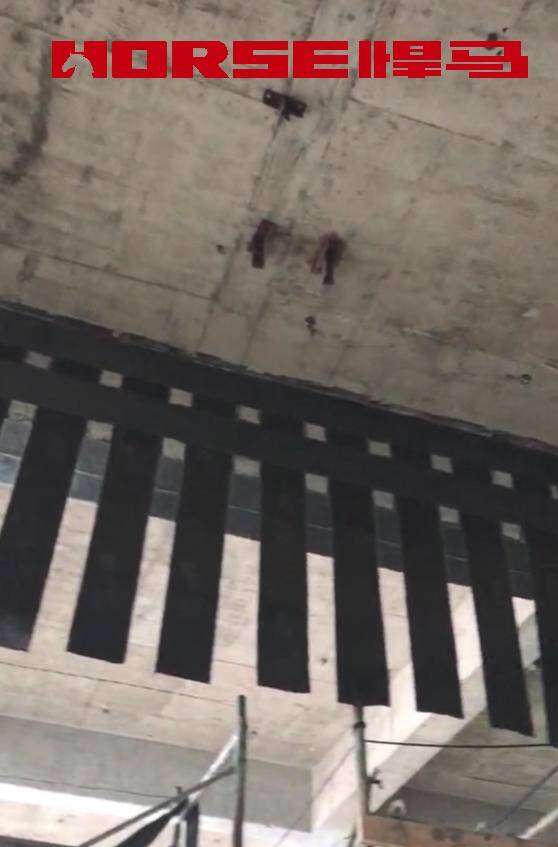
4、 What should I do if I exceed the number of layers? Replace the thick sheet, add anchor bolts, and don't knock on the layers
We really need a large load-bearing capacity, not by sticking a few more layers of fabric, but by "changing thicker fabric and adding mechanical anchoring". Those who insist on knocking on multiple layers are not knowledgeable and purely reckless!
4 layers of 300g fabric adhesive is not enough, replacing with 2 layers of 600g fabric adhesive is more reliable
300g sheet (thickness 0.111mm) is glued in 4 layers, with a total thickness of 0.444mm; 600g sheet (thickness 0.222mm) is glued in 2 layers, with the same total thickness, but with half fewer layers and 3 fewer adhesive layers, resulting in a stronger bond. The beam reinforcement of a certain building was originally planned to stick 5 layers of 300g sheet, but the master changed it to 2 layers of 600g sheet. The test bearing capacity was still 10% higher. He patted the surface of the sheet and smiled, saying, "It's like using thick paper instead of thin paper. Even with fewer layers, it's still sturdy. Those who have to stick 5 layers are just not going to get through with themselves! Now the construction is much faster, and the workers are praising it for being easy!
Anchor bolts are added to key areas to firmly grasp the concrete with fabric
The end of the fabric is prone to warping. When sticking more than 3 layers, carbon fiber anchor bolts should be installed every 200mm (like nailing the fabric) to prevent delamination. A certain bridge was reinforced with 4 layers of sheet and anchor bolts were added at the ends, but there were no bulges during loading. "I used this trick a long time ago, who would still stick so many layers! Anchor bolts can help the sheet 'grab' concrete, which is much more effective than sticking two more layers. Those who only know how to add layers should really learn
Carbon fiber sheet reinforcement, the number of layers is not "more secure", but "enough is enough" - generally, components are glued 1-2 layers, those with high stress are glued 3-4 layers, and those with more than 4 layers need to be replaced with thicker sheet or anchor bolts. Do not compete with the number of layers. Those who think that 'more adhesion is better than less adhesion' have either never seen the tragic situation of layered bulging, or have not calculated the material cost - fabric and glue are not cheap, white adhesion is just throwing away money, stupid or not!
You can find anything here you are in need of, have a trust trying on these products, you will find the big difference after that.
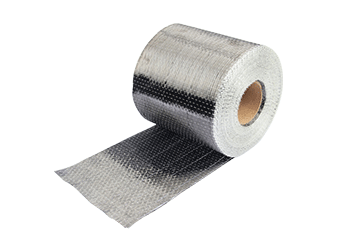
High strength, unidirectional carbon fiber wrap pre-saturated to form a carbon fiber reinforced polymer (CFRP) wrap used to strengthen structural concrete elements.
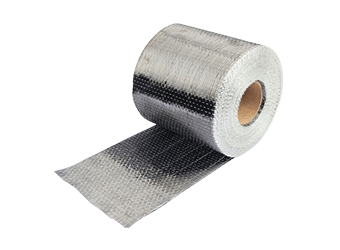
High strength unidirectional carbon fiber fabric for concrete repair and structural strengthening
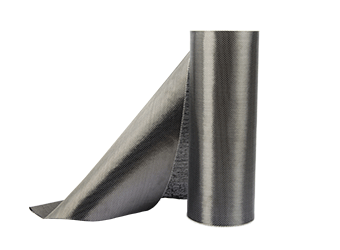
High strength unidirectional carbon fiber fabric for concrete repair and structural strengthening